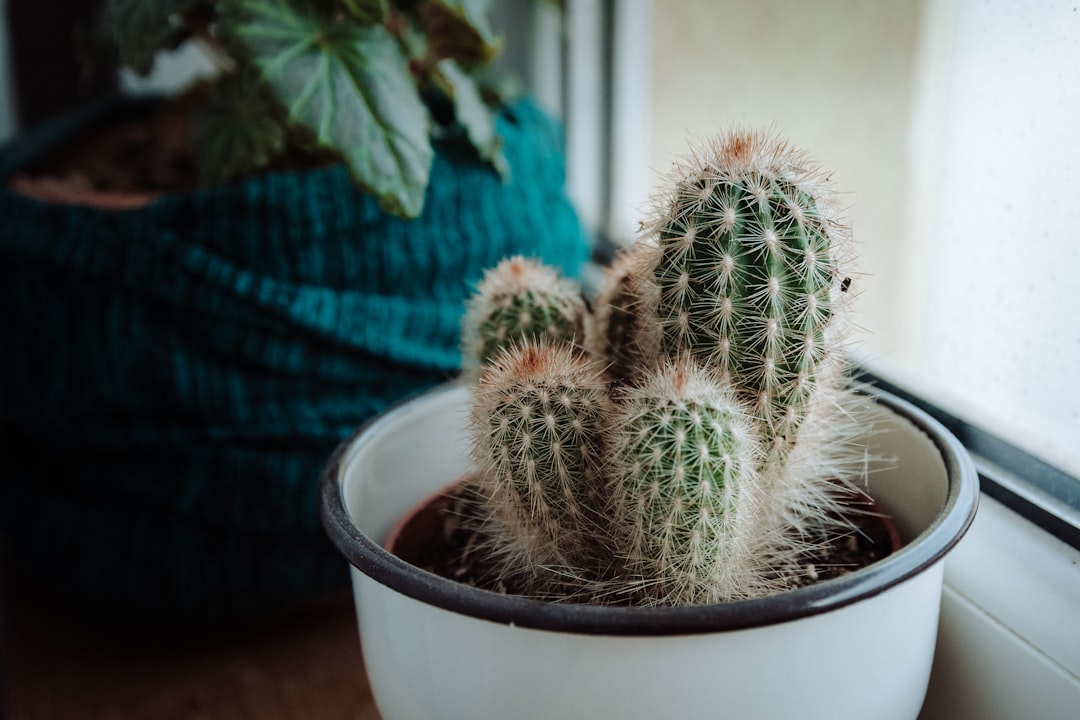When it comes to growing succulents and cacti, choosing the right pot is just as important as selecting the right soil. A well-draining pot ensures that excess water doesn't accumulate around the roots, preventing rot and keeping your plants healthy.
In this guide, we’ll explore why drainage matters, the best pot materials, and tips for selecting the perfect pot for your succulents and cacti.
Why Drainage Matters for Succulents and Cacti
🌵 Prevents Root Rot – Succulents and cacti store water in their leaves and stems, so they need their roots to dry out between waterings. Pots without drainage trap excess moisture, leading to root rot.
🌵 Reduces Overwatering Risks – Even if you're careful with watering, soil in a non-draining pot can retain too much moisture, causing problems. Drainage holes help remove excess water naturally.
🌵 Encourages Healthy Root Growth – Well-draining pots allow oxygen to circulate around the roots, promoting stronger and healthier plants.
🌵 Prevents Salt Build-Up – Over time, minerals and salts from tap water and fertilizers can accumulate in the soil. Drainage holes allow excess salts to flush out instead of building up in the pot.
Best Pot Materials for Succulents and Cacti
Not all pots are created equal! The material of your pot affects water retention, breathability, and even temperature regulation. Here are the best options:
1. Terracotta and Clay Pots (Best for Drainage)
🪴 Pros:
✔ Highly breathable, allowing water to evaporate quickly.
✔ Helps prevent overwatering.
✔ Classic, earthy aesthetic that suits all plants.
❌ Cons:
-
Can dry out too quickly in hot environments.
-
Heavier and breakable.
Best for: Overwaterers, those in humid climates, and plants that need extra aeration.
2. Ceramic Pots
🪴 Pros:
✔ Stylish, available in various colors and designs.
✔ Some are porous, allowing better airflow.
❌ Cons:
-
Glazed ceramic retains more moisture than unglazed clay.
-
Can be heavy and prone to breaking.
Best for: Indoor succulents and cacti that need stable temperatures.
3. Plastic Pots
🪴 Pros:
✔ Lightweight and inexpensive.
✔ Retains more moisture, reducing watering frequency.
✔ Comes in various shapes and colors.
❌ Cons:
-
Less breathable, increasing the risk of overwatering.
-
Can degrade over time in direct sunlight.
Best for: Dry climates or people who forget to water often.
4. Concrete or Cement Pots
🪴 Pros:
✔ Heavy and durable, providing stability for larger plants.
✔ Allows some breathability.
❌ Cons:
-
Can absorb moisture, making the soil dry out quickly.
-
Very heavy and difficult to move.
Best for: Large, outdoor succulents or cacti.
5. Hanging or Decorative Pots (Be Careful!)
🌿 Hanging pots and decorative containers (such as glass terrariums) often lack drainage holes, which can be risky for succulents and cacti.
If you must use a pot without drainage holes:
✅ Add a layer of pebbles, charcoal, or perlite at the bottom to help with water retention.
✅ Water very sparingly—only a few drops at a time.
✅ Consider using a plastic nursery pot inside the decorative pot for easy drainage.
What Size Pot Should You Choose?
The right pot size is just as important as drainage.
📏 Avoid oversized pots – Too much soil retains excess moisture, increasing the risk of root rot. Choose a pot only 1-2 inches larger than the plant’s root ball.
📏 Shallow pots are better – Many succulents and cacti have shallow root systems and don’t need deep pots. A wider, shallow pot encourages better root growth and prevents excess moisture at the bottom.
Final Thoughts
When selecting a pot for your succulents and cacti, always prioritize drainage to keep their root systems healthy. Terracotta and ceramic pots with drainage holes are the best choices, while plastic and decorative pots require extra care. Choosing the right size and material will help your plants thrive and avoid common issues like root rot.
What’s your favorite type of pot for succulents and cacti? Share your thoughts in the comments!

Comments
No comments yet. Be the first to comment!
You must be logged in to comment. Login